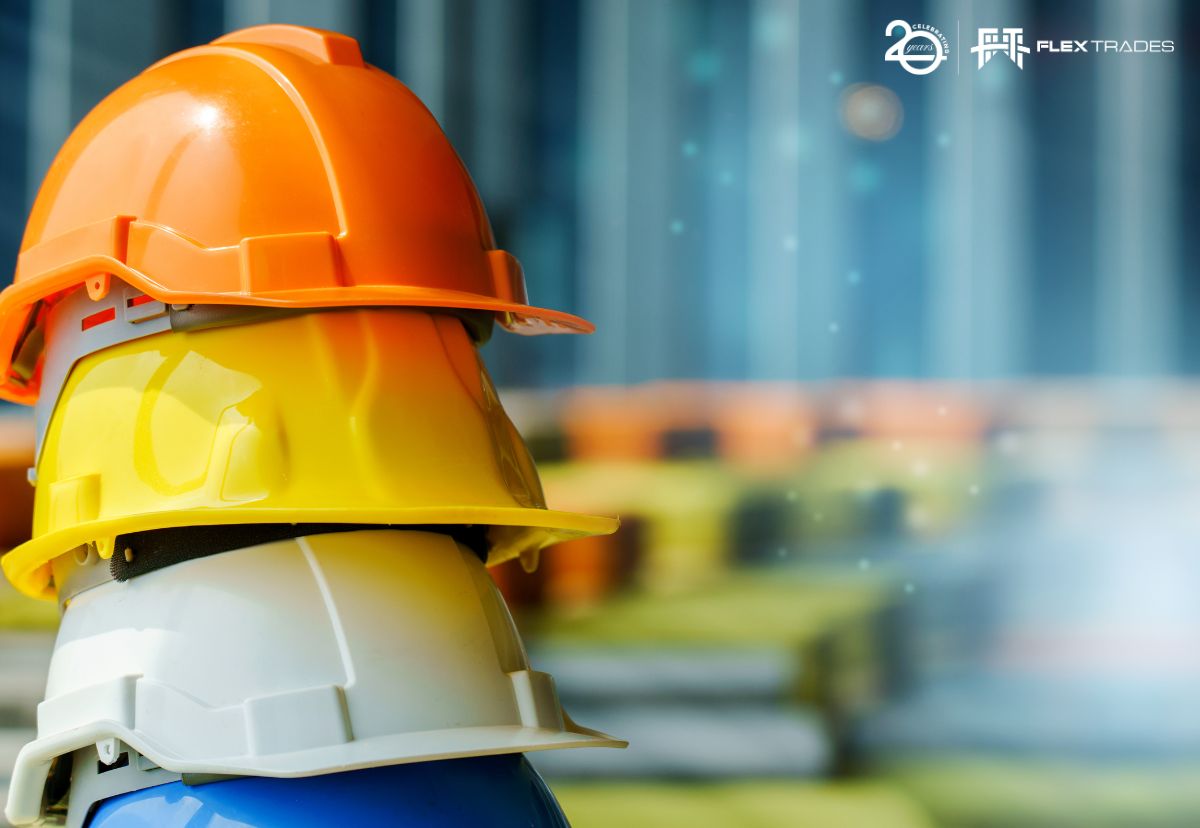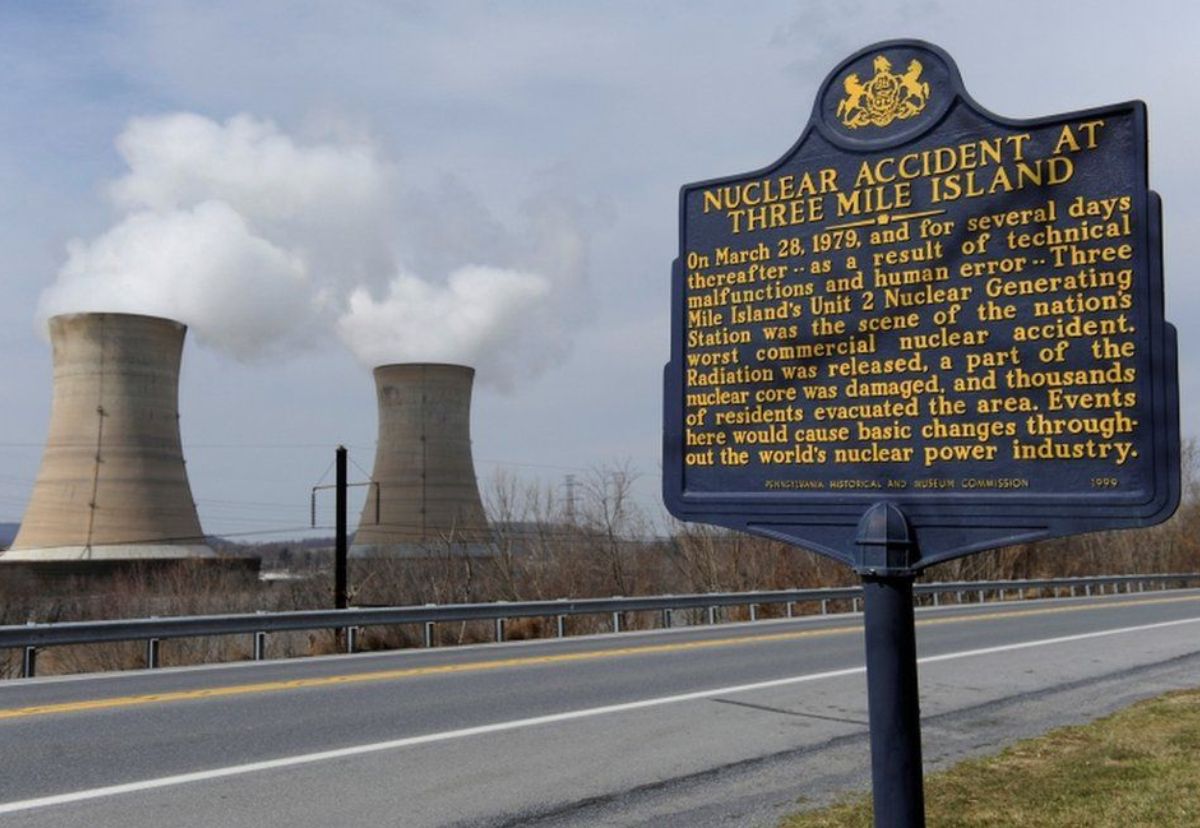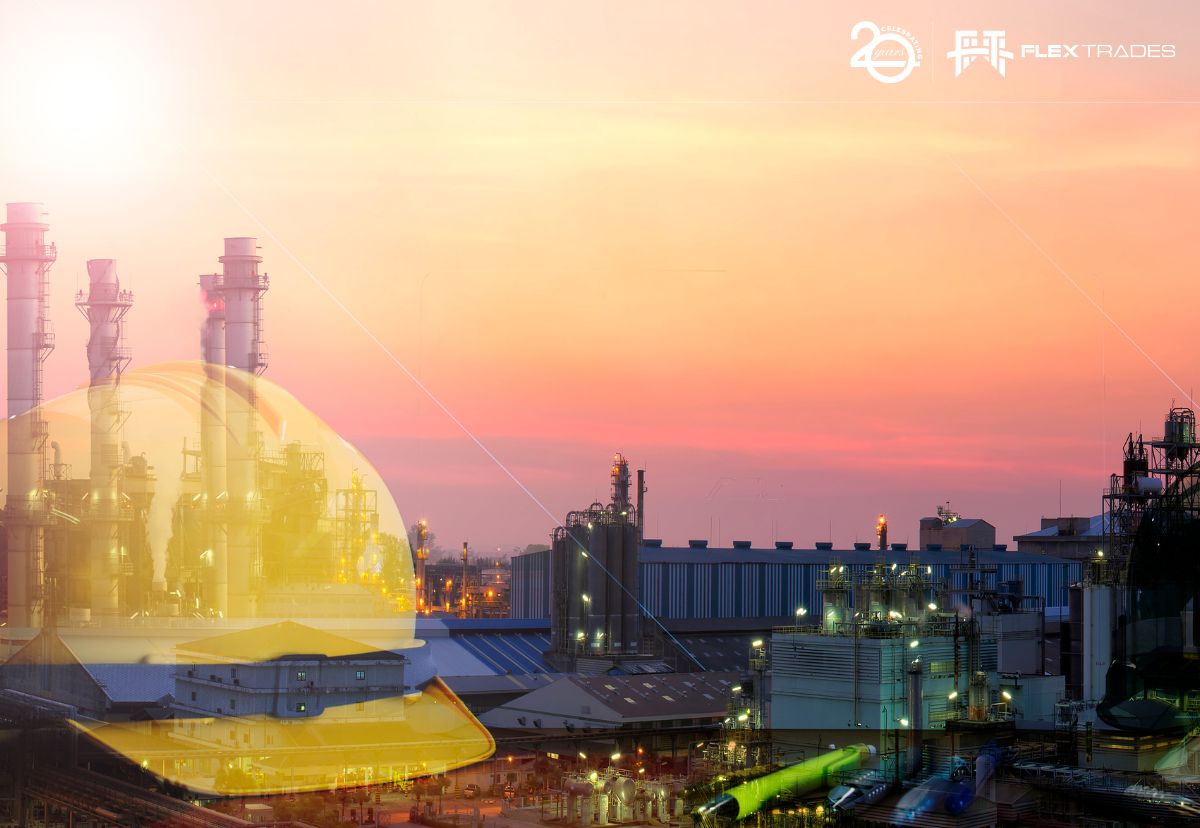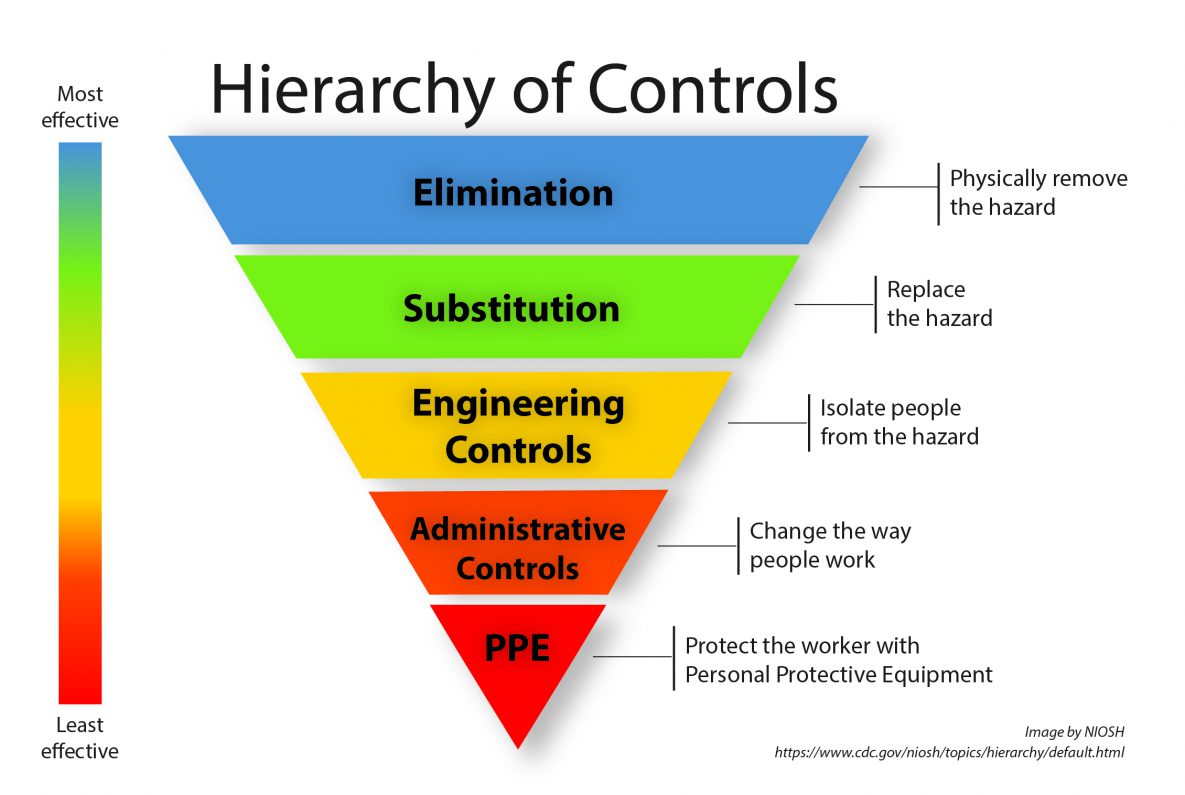In the early hours of March 28, 1979 the largest nuclear accident the United States has ever seen is about to unfold. At 4:00am, the Three Mile Island Nuclear Generating Station suffers a pump failure and cooling malfunction which leads to a partial nuclear melt down. Fortunately, this partial meltdown did not lead to any loss of life, and the lessons learned have helped to make America’s power plants safer than ever.
Most manufacturing facilities don’t have the potential to devastate an entire region like a full nuclear meltdown could. But the health and safety of employees is at serious risk if safety procedures aren’t followed, or if they aren’t in place to begin with.
A recent article we presented outlines the CDC’s Hierarchy of Controls. At Three Mile Island, the nuclear reaction (the most dangerous part) cannot be eliminated or replaced. Therefore, excellent engineering and administrative controls were in place to isolate the most dangerous effects of the meltdown away from the operators and inspectors monitoring the situation.
Below is a timeline of key events on this day 45 years ago and some of the aftermath.
March 27, 1979 – Setting the Stage
Maintenance efforts to clear resin filters have created a dangerous situation for the plant operators. Water enters air lines through a stuck valve creating a ticking time-bomb that unfolds the next morning.
4:00am March 28, 1979 – The Accident Begins
A pump failure leads to a reactor shutdown. The stuck valve from the previous day does not allow cooling systems to work in the reactor, causing it to quickly overheat. The meltdown has begun as operators are notified with alarms.
7:45am March 28
A small release of radioactive gas is recorded off-site and the Nuclear Regulatory Commission (NRC) is notified.
8:00am March 28
Additional support is needed quickly. Response teams from the NRC, the Department of Energy (DOE), and the Environmental Protection Agency (EPA) are mobilized.
9:15am – 11:00am March 28
In Washington DC, President Jimmy Carter is briefed on the accident. Back in Pennsylvania, non-essential personnel are ordered to leave the premises to limit unnecessary exposure.
Afternoon into Evening March 28
In the afternoon, the first air samples are taken by helicopters to monitor radioactivity in the atmosphere. As the day comes to a close, the situation is stabilizing, and the core continues to cool to safer levels.
March 30, 1979
Radiation from an auxiliary building is released which causes a new wave of concerns. Pennsylvania governor Dick Thornburgh is worried for citizens in the area and begins discussing an evacuation plan. Vulnerable citizens within a five-mile radius are advised to leave the area.
March 31 to April 1, 1979
A large hydrogen bubble has been identified inside the pressure vessel that contains the reactor core. If this hydrogen bubble were to breach the pressure vessel, large amounts of radiation could escape. Fortunately, the hydrogen bubble reduced in size, and since there was no oxygen present, there was no risk of explosion.
President Jimmy Carter visits the site.
Mid-April 1979 – Investigations
Two investigations are set in motion. The President appoints a 12-member commission while the NRC forms another group to investigate. The purpose is to identify what happened and determine if there are any health and safety risks for those on-site and in the area.
The President’s commission releases a report several months later. They suggest industry standards be developed to better manage nuclear power plants. It also cites the need for operators to receive better training and closer supervision.
1980’s – Cleanup and Health Studies
In July 1980, over a year after the accident, the first manned entry of the reactor building is done.
Throughout the 1980s, the “head” (roof) of the reactor vessel is removed. Reactor materials are removed and shipped off-site. By 1988, the facility’s license is changed to “possession-only” to enter a state of long-term monitoring.
Epidemiological studies are done to study the health effects of the accident. In 1981, they find that the amount of radiation released was too small to detect any negative effects to those close to the plant. In 1982 and 1988, two different studies find that infant mortality rates were not affected. In 1985 and 1989, two studies find that no significant abnormalities in cancer rates were present either.
1990’s to Today
In the 1990s, the site continues to be decontaminated of radioactive materials and waste.
Additional health studies continue to find that cancer rates did not increase in the area. However, some residents and employees felt psychological stress from the event for up to six years in some cases.
By 2009, the reactor is permanently shut down and defueled, but it will remain monitored for years to come.
Conclusion
As mentioned in the beginning, manufacturers don’t typically face the large-scale environmental and ecological risks of a nuclear reactor melting down, but the risk to life and limb is very real for millions of tradespeople. What lesson can we, as manufacturers, learn from an accident like Three Mile Island?
Engineering controls create safer work environments by separating employees from the source of hazards. Solid administrative controls and sufficient training on them will help employees understand how to work safely, and what to do if something goes wrong.
Sadly, regardless of great safety controls, accidents still happen. When they do, it’s critical that they are reported, and that an investigation is done to determine the root cause. With additional information, updated safety measures and training can be incorporated to prevent a similar accident in the future.







